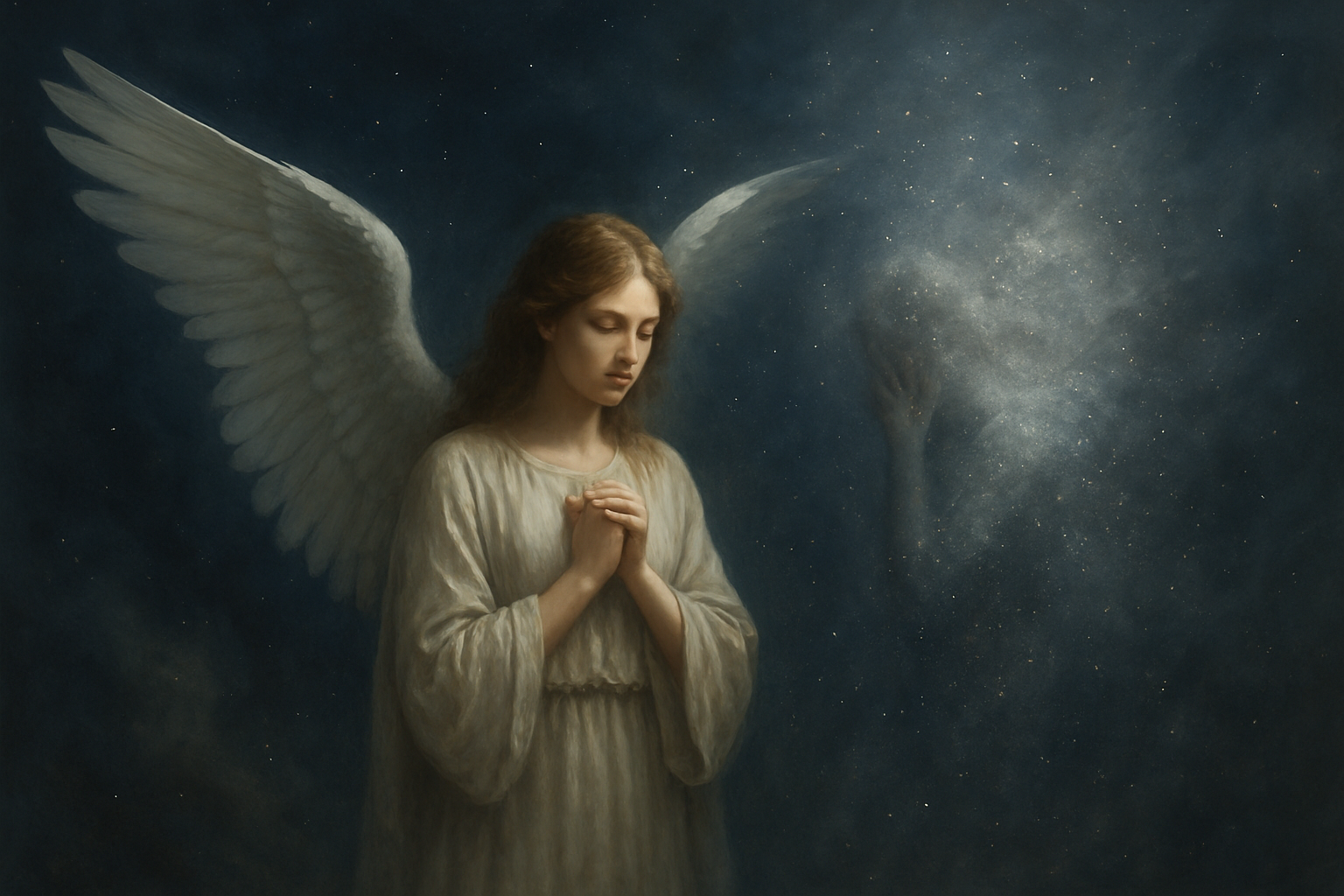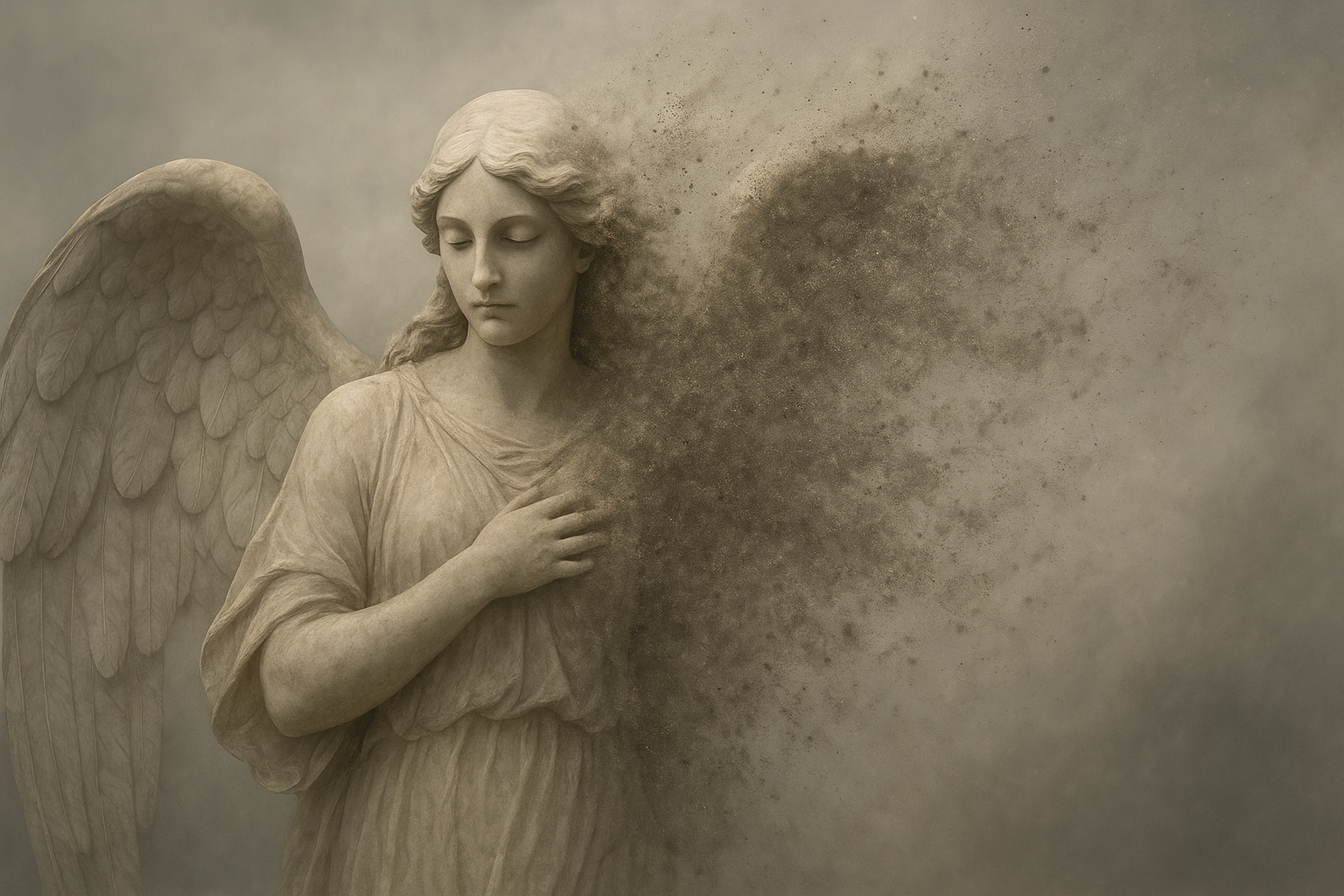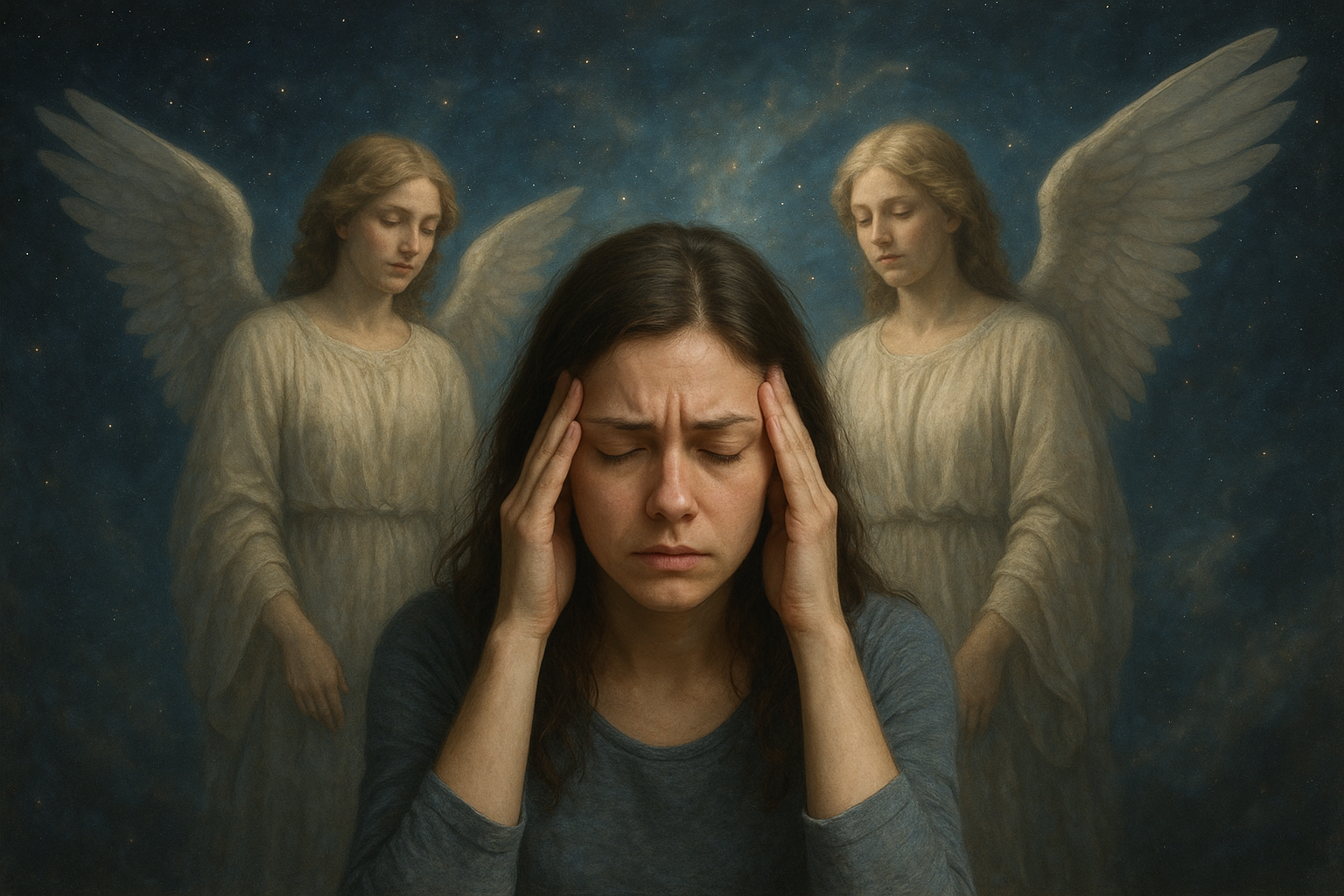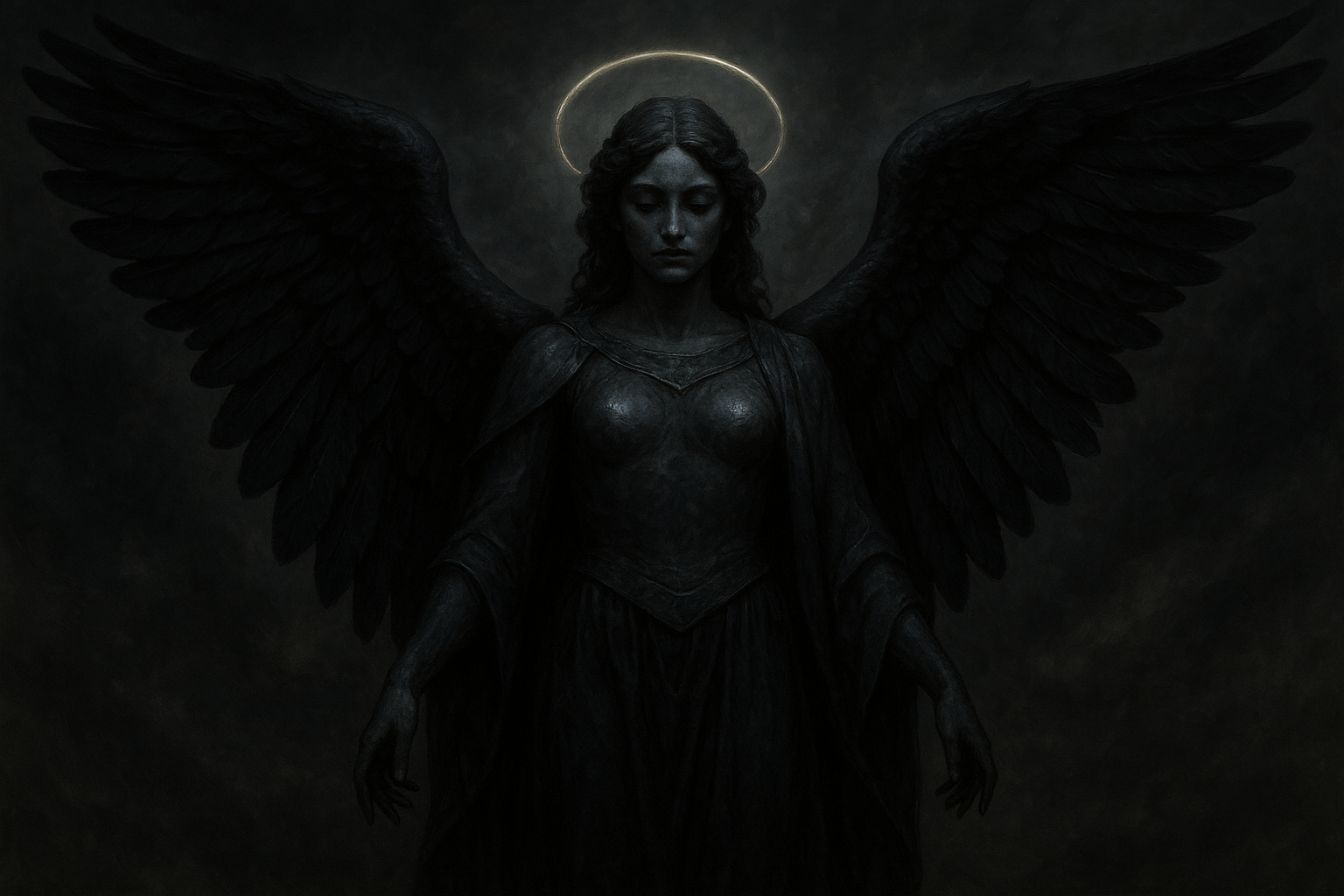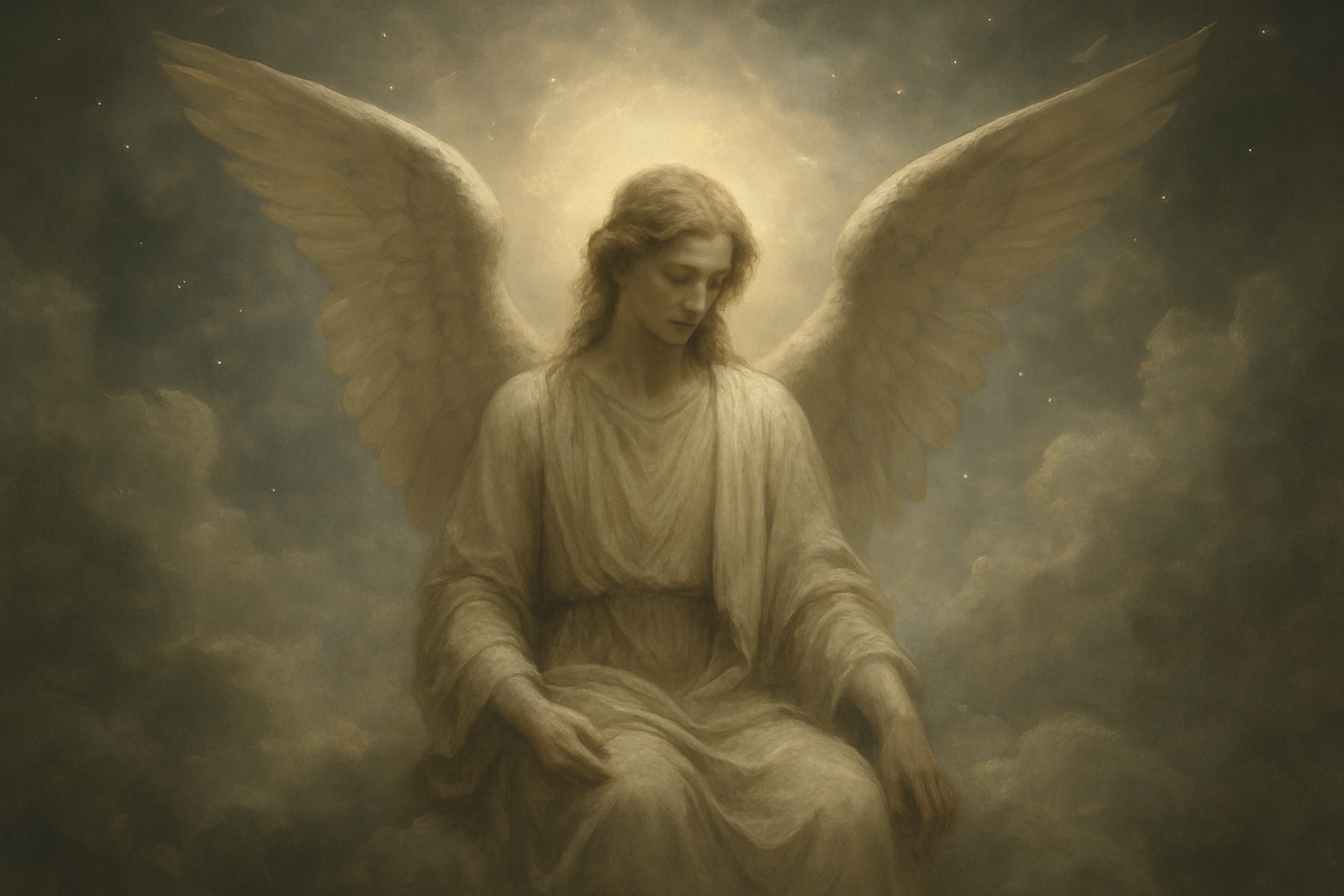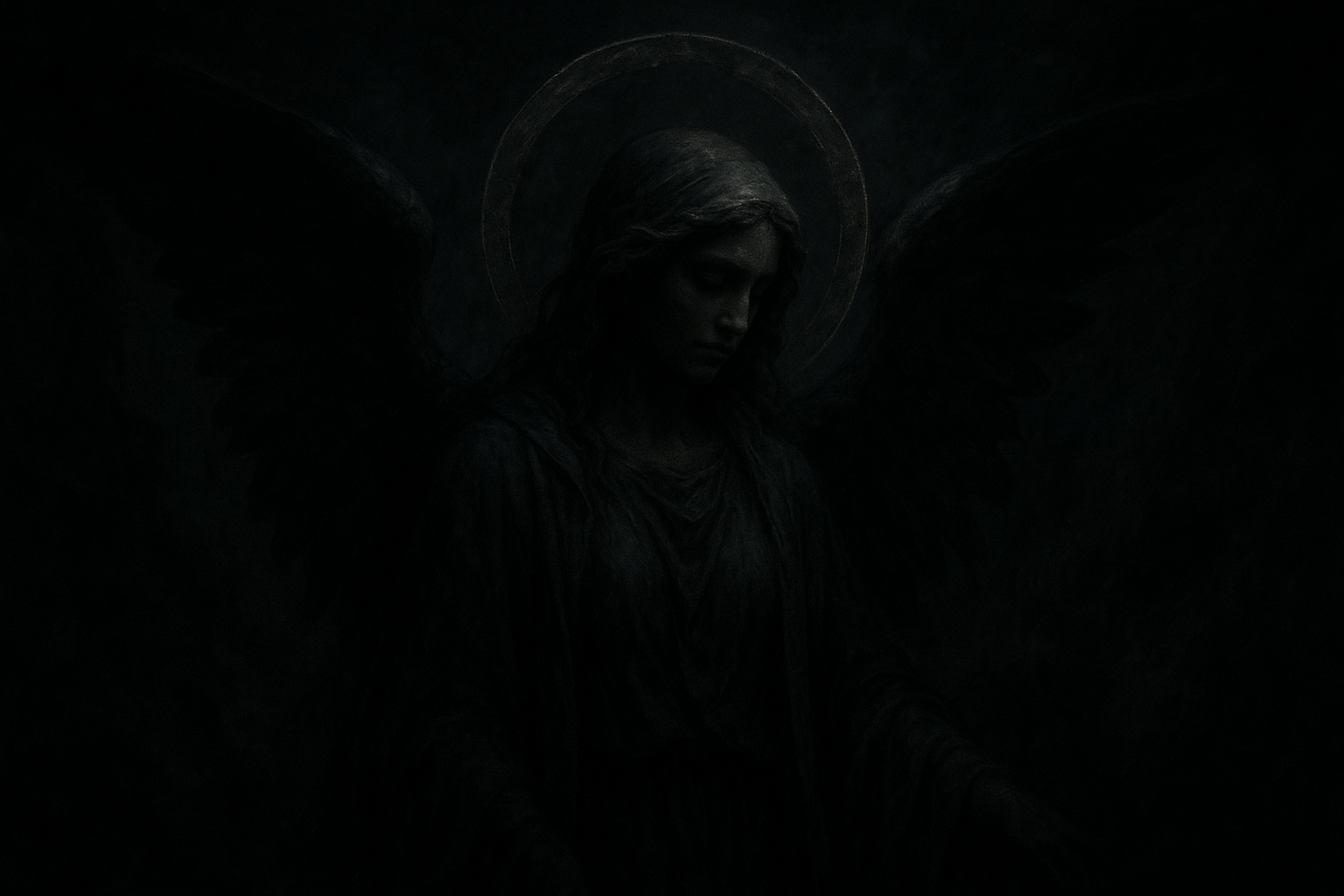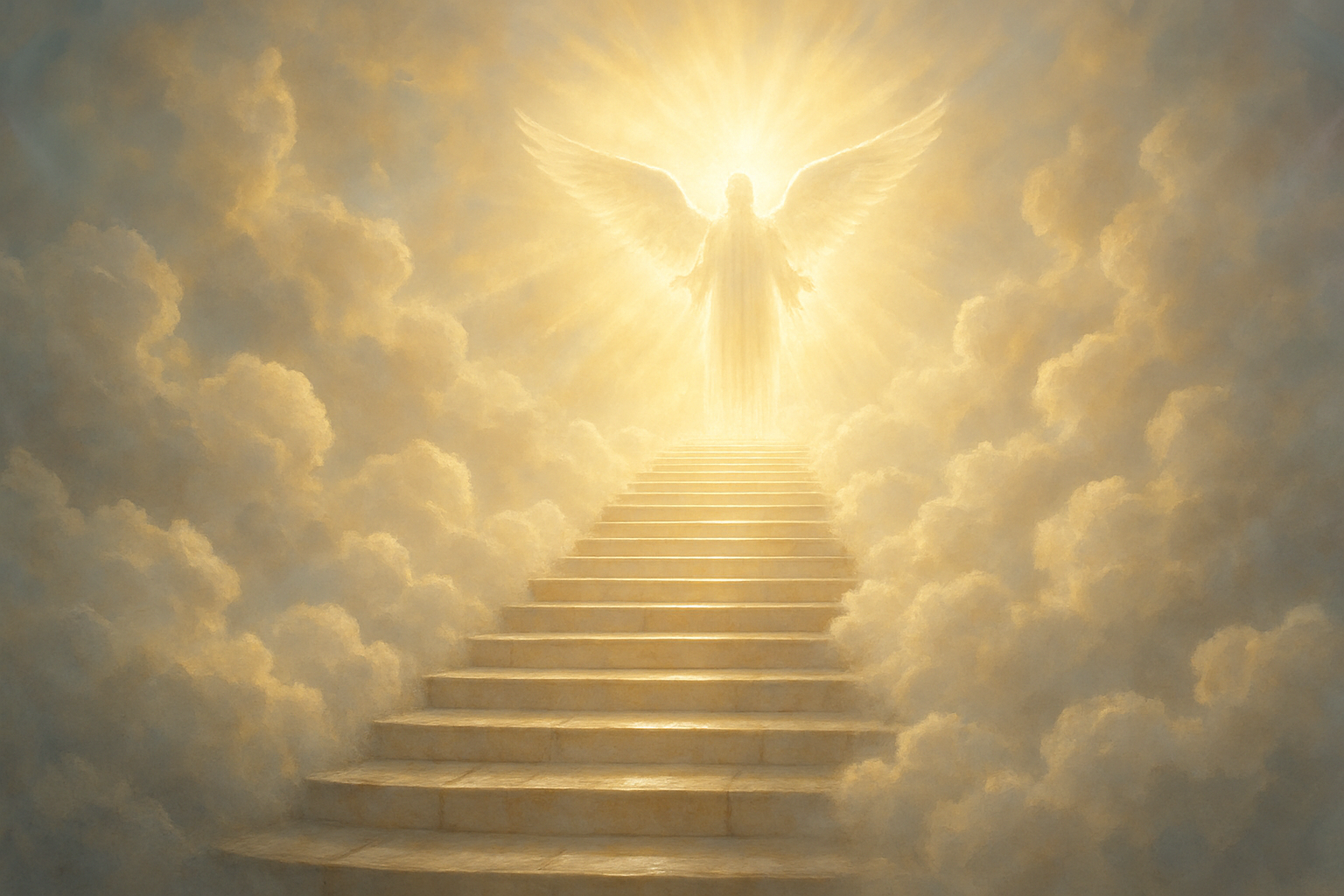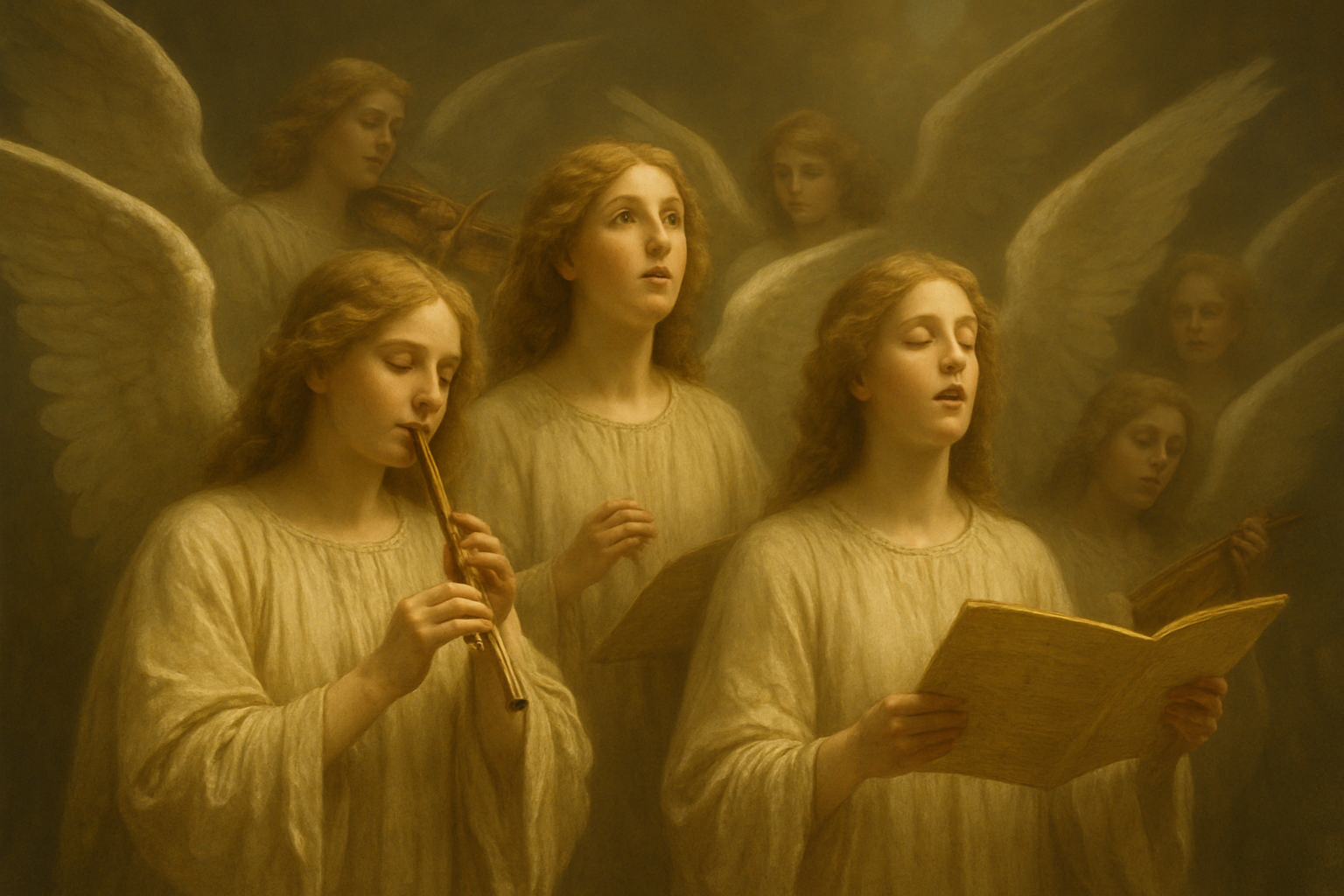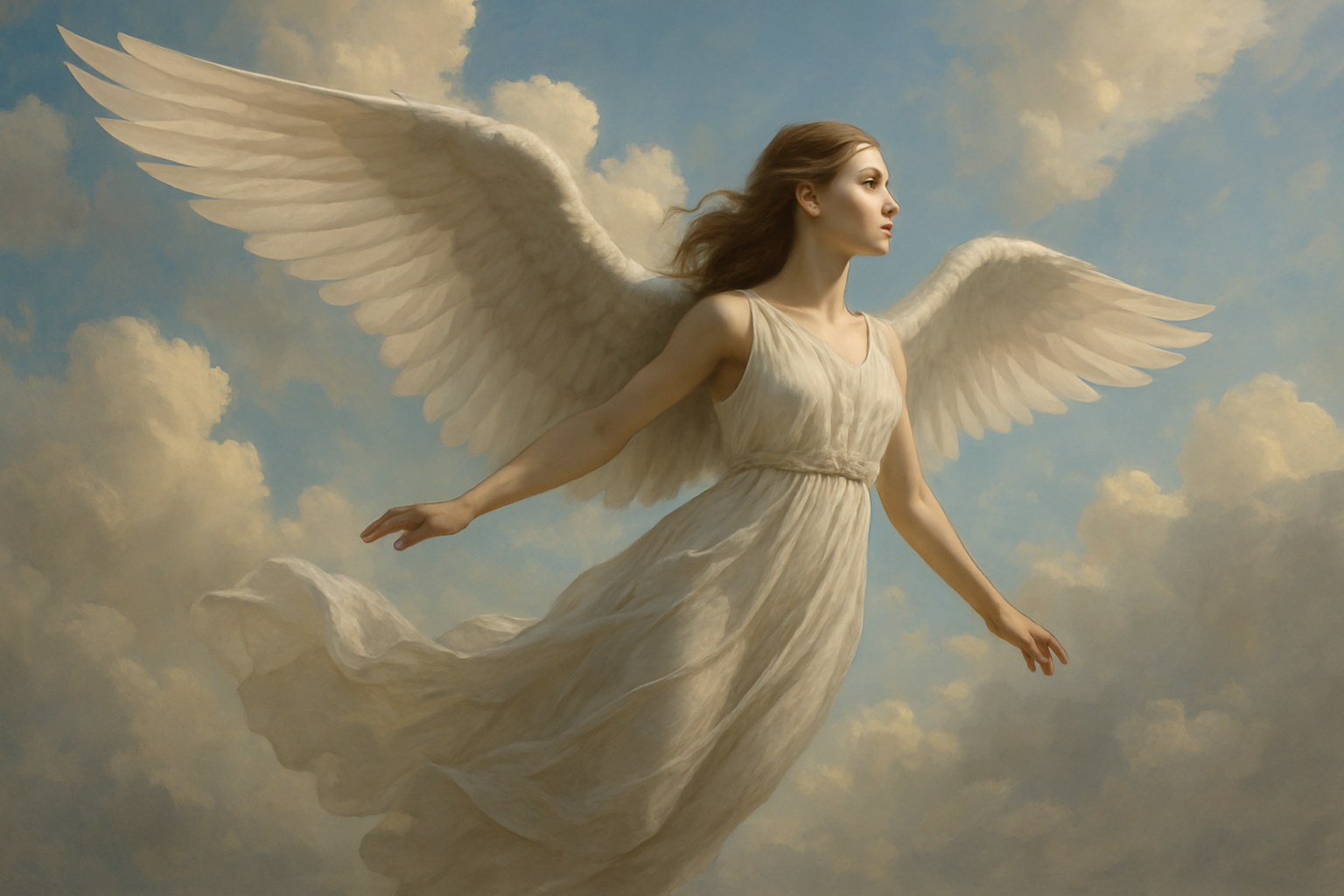Celestial Vanishing: Angels and Dissociation
The ethereal realm of angels has long captivated human imagination. With wings of alabaster and halos of light, these celestial beings have been depicted as messengers, protectors, and guides bridging the divine and earthly realms. Yet, within the folds of spirituality and psychological phenomena, a new metaphor emerges: angels as emblems of dissociation.
The Mystical and the Mind
Angels, as depicted in religions and art, are more than figures of faith. They are symbols of hope, transcendence, and an innate longing for connection with something greater than oneself. However, in the depths of psychology, these heavenly figures may embody a different concept entirely—dissociation.
Dissociation, often described as a disconnection between thoughts, identity, consciousness, and memory, can manifest in various forms. According to the American Psychiatric Association, it ranges from mild detachment from immediate surroundings to more severe forms, like dissociative identity disorder.
“Dissociation is a mental process of disconnecting from one’s thoughts, feelings, memories, or sense of identity.”
In this context, the ‘celestial vanishing’ of angels might be understood as a psychological metaphor for the loss of self or a retreat into a place untouched by worldly concerns—a mental sanctum where the conscious mind can float free.
Angels as Symbols of Dissociation
Historically, angels have been viewed as divine intermediaries, capable of navigating realms beyond human limitation. This portrayal finds resonance in the dissociative experience, where individuals might perceive themselves as existing outside their body or mind.
- Dissociation as Flight: Much like angels, the act of dissociation provides an escape from distress or trauma, allowing the individual to ‘fly away’ from negative experiences.
- Purity and Protection: Angels represent purity and safety, which can be comforting symbols for those dissociating as a defense mechanism against threat.
- Guidance and Revelation: The sensation of guidance by an angelic figure during dissociation echoes the need for inner clarity and direction when the psyche is divided.
In the words of Carl Jung, a prominent figure in psychology and mysticism, the interplay between symbolism and the subconscious is profound:
“The meeting of two personalities is like the contact of two chemical substances: if there is any reaction, both are transformed.”
The Therapeutic Perspective
Contemporary therapy approaches like Internal Family Systems (IFS) and Jungian analysis often explore the role of symbols and imagery in mental health. Here, angels can serve as a therapeutic proxy for examining facets of one’s psyche that feel detached or ‘other.’ This exploration allows individuals to re-integrate these aspects into a cohesive sense of self.
In therapeutic settings, the acknowledgment of dissociative dynamics by reimagining them through the lens of angelic symbolism can be particularly potent. By recognizing the ‘angelic’ aspects of themselves—the elements that seek to protect, to transcend, to fly—they can begin the journey of self-reconciliation and healing.
The Spiritual Journey and Psychological Healing
Marianne Williamson, an author known for her spiritual teachings, captures the essence of this dual exploration:
“Our deepest fear is not that we are inadequate. Our deepest fear is that we are powerful beyond measure.”
The journey through one’s spiritual and psychological landscape is deeply intertwined with notions of power and vulnerability. Facing dissociation as an angelic disappearance offers not just an understanding of the mind’s protective mechanisms but also an appreciation of the profound resilience and capacity for healing inherent in every individual.
As we navigate these inner realms, the metaphorical flight of the angels reminds us of the transformative potential within us all. In the end, whether one views angels as celestial beings or psychological constructs, they remain a testament to humanity’s enduring quest for meaning, connection, and self-discovery.
Through the lens of Celestial Vanishing, angels transcend their traditional boundaries and offer a new perspective on dissociation, urging us to explore our inner heavens and uncover the sacred truths of our psyche.
